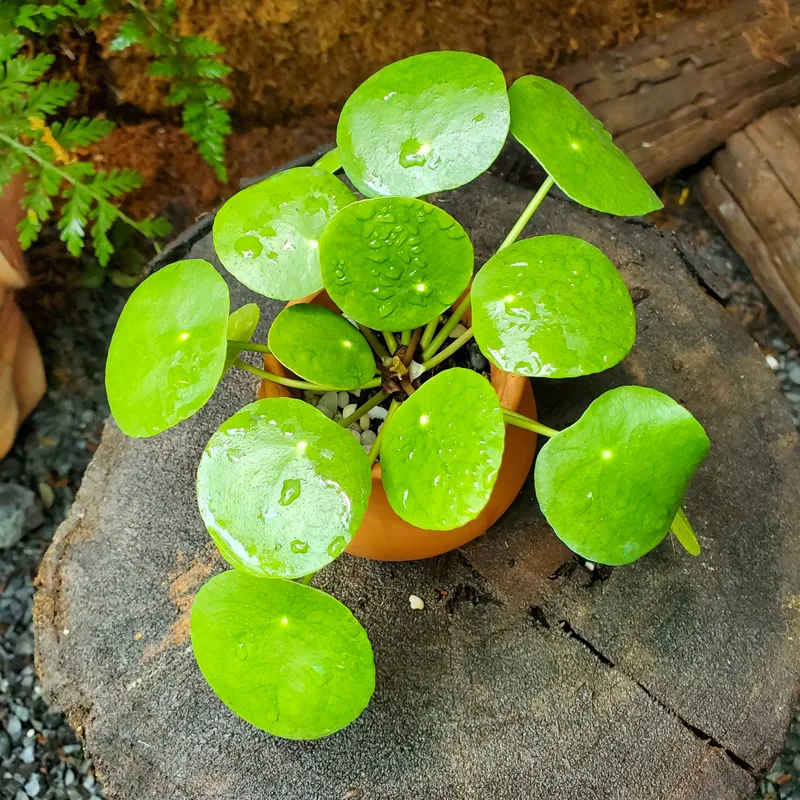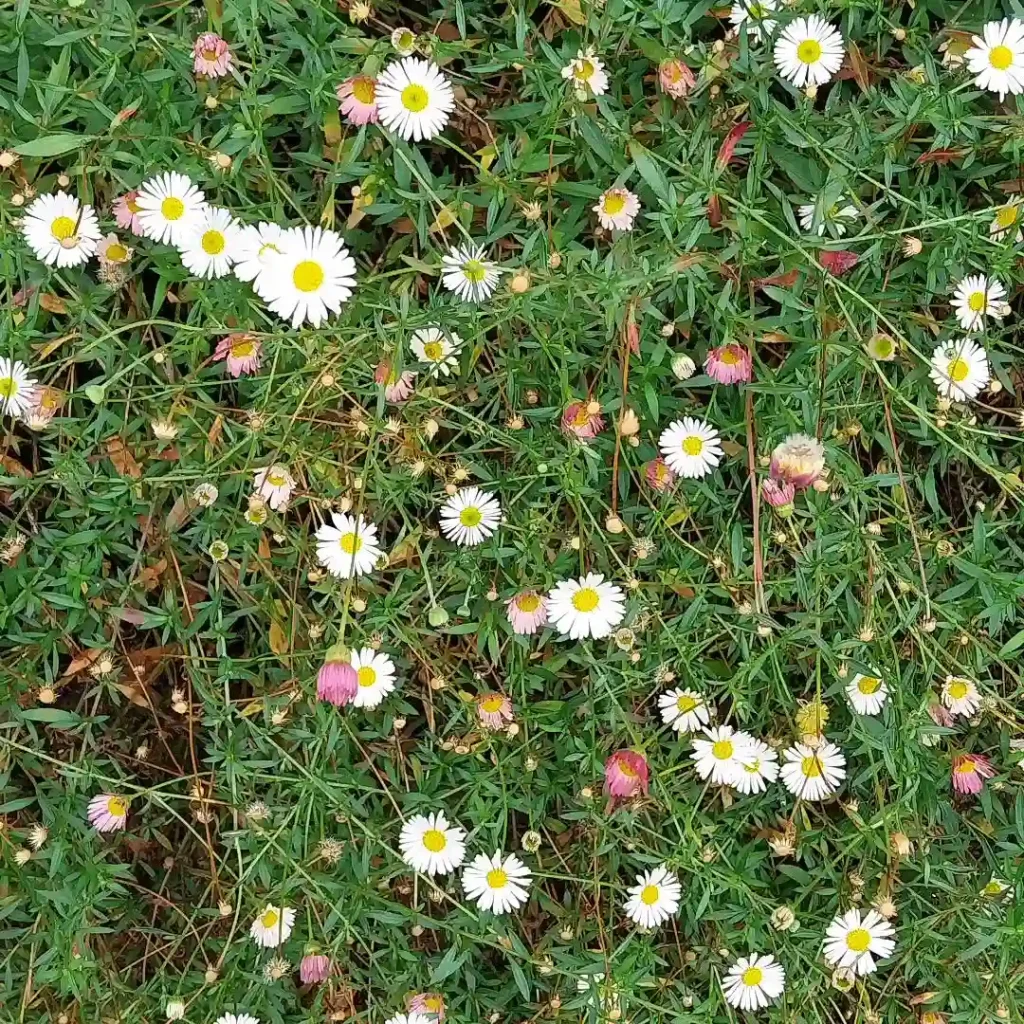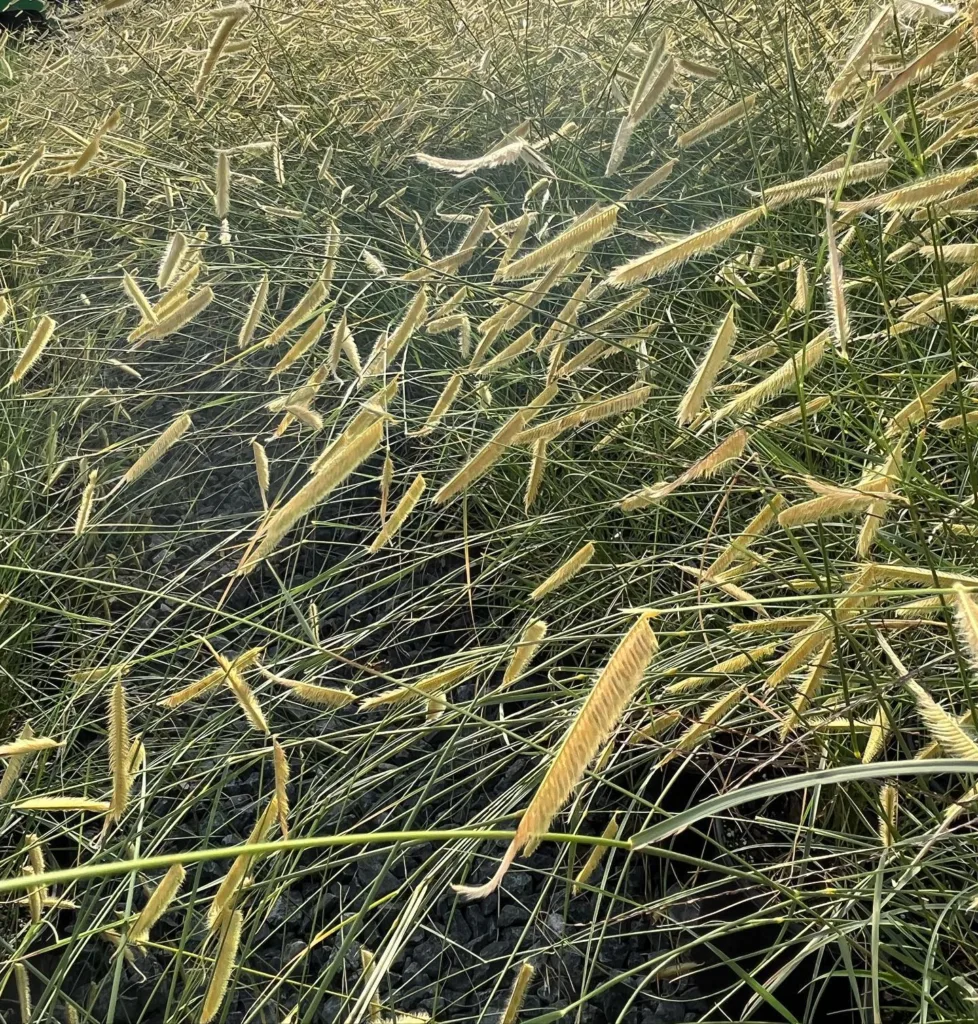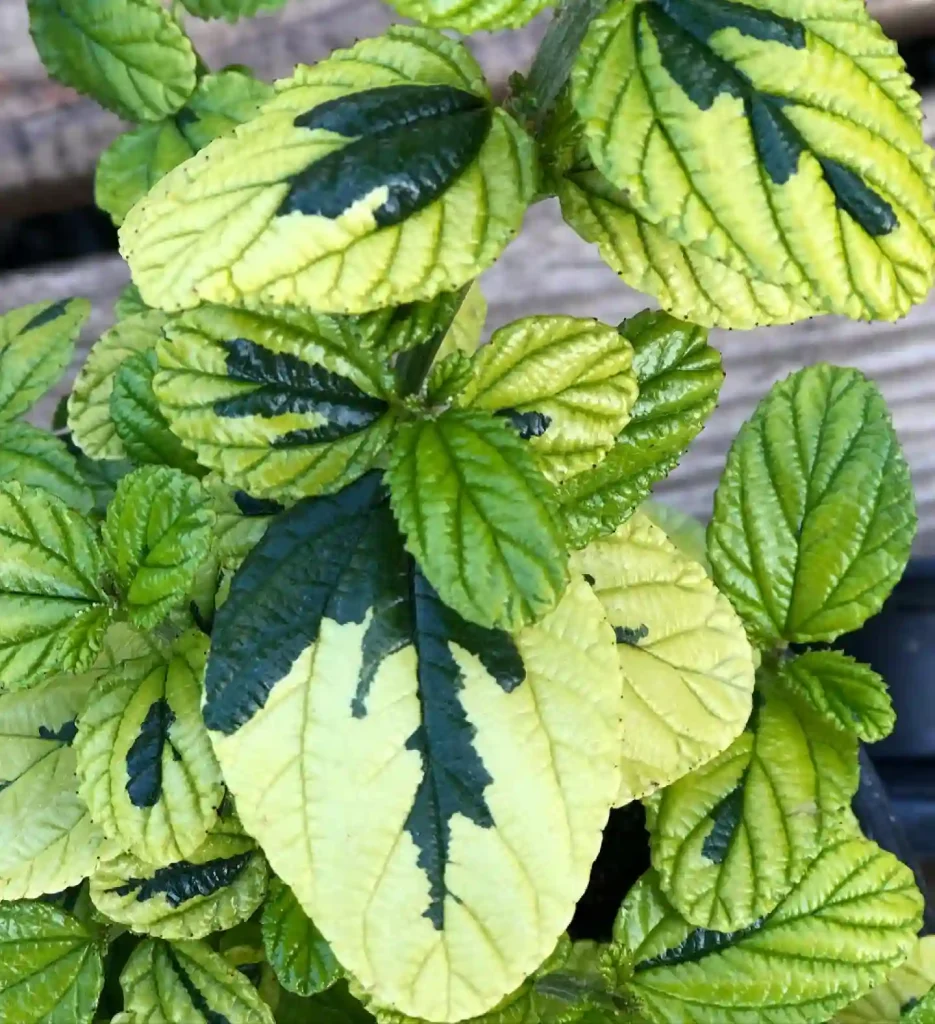What Is Cinchona Officinalis?
Cinchona Officinalis is a species of tree native to the tropical Andes, known for its medicinal value. Historically, it’s been used as a source of quinine, a compound extracted from the bark and famous for its use in treating malaria. The tree belongs to the Rubiaceae family and is often referred to by other names such as Peruvian bark or Jesuit’s bark. It has deep historical significance as it was a cornerstone in the fight against malaria, particularly in tropical regions where the disease was rampant.
25 Species in Genus Cinchona
Is Cinchona Officinalis the Same as Quinine?
No, Cinchona Officinalis is not the same as quinine, but they are closely related. Quinine is an alkaloid extracted from the bark of Cinchona trees, including Cinchona Officinalis. So, while Cinchona Officinalis is the tree, quinine is the active medicinal compound derived from it. Historically, quinine has been used to treat malaria, but today, synthetic drugs have largely replaced its use for that purpose. However, its historical importance remains significant.
What Is Cinchona Officinalis Used For?
Cinchona Officinalis has primarily been used for its bark, which contains quinine and other alkaloids. Traditionally, it has been used to treat malaria, fever, and even digestive disorders. In modern times, the use of quinine has expanded to treat leg cramps, but this usage is more restricted due to potential side effects. Herbalists also use the tree for homeopathic remedies aimed at reducing fever and digestive discomfort. It is still a common component in some bitter tonics.
What Is the Common Name of Cinchona Officinalis?
The common names of Cinchona Officinalis are Peruvian bark, Jesuit’s bark, and Quina. These names reflect its origin in Peru and its association with historical medicinal uses, especially by Jesuit missionaries who first popularized its medicinal properties in Europe.
Is Cinchona Officinalis from the Rainforest?
Yes, Cinchona Officinalis is native to the tropical rainforests of the Andes in South America. It thrives in the cool, moist environments found in these regions. Over time, the tree has been cultivated in various other tropical regions, including parts of Asia and Africa, due to its medicinal value.
Where Is Cinchona Officinalis Found?
Cinchona Officinalis is primarily found in the Andean rainforests, spanning countries like Peru, Ecuador, and Colombia. However, the cultivation of Cinchona trees spread globally, particularly to Southeast Asia, during the 19th century as European colonizers sought to control the world’s quinine supply.
What Is the Difference Between Cinchona Succirubra and Cinchona Officinalis?
Cinchona Succirubra and Cinchona Officinalis are two different species within the same genus. Cinchona Succirubra, also known as red Cinchona, has reddish bark and is often more potent in its quinine content. In contrast, Cinchona Officinalis has lighter-colored bark and a milder concentration of quinine. Both species were historically used for extracting quinine, but Cinchona Succirubra was generally preferred due to its higher yield.
Cinchona Officinalis vs. China: What’s the Connection?
In homeopathy, Cinchona Officinalis is sometimes referred to as “China” or “China Officinalis.” This can be confusing, but in this context, “China” refers to Cinchona’s use in homeopathic remedies, not the country. Homeopaths use small, diluted amounts of Cinchona Officinalis to treat symptoms such as fatigue, fever, and digestive issues.
Can You Grow Cinchona Officinalis Indoors?
It’s difficult to grow Cinchona Officinalis indoors due to its size and specific tropical requirements. The tree needs a humid, moist environment, with plenty of space to grow. In the wild, Cinchona can grow up to 50 feet tall, so unless you have a large indoor greenhouse, it’s more practical to grow this tree outdoors in a tropical or subtropical environment.
How to Care for Cinchona Officinalis?
Caring for Cinchona Officinalis requires attention to its need for a humid, tropical environment. If you’re growing it outdoors in a suitable climate, ensure it gets plenty of water but also has good drainage. The tree thrives in rich, well-drained soil with partial to full sunlight. Mulching around the base can help retain moisture. Cinchona Officinalis isn’t particularly susceptible to pests, but maintaining good air circulation and proper watering practices is essential to prevent root rot and fungal diseases.
How to Propagate Cinchona Officinalis?
Cinchona Officinalis is propagated primarily by seeds or cuttings. Seeds need to be planted in a moist, rich growing medium and kept in a warm, humid environment. Cuttings can be taken from mature trees, and they should be placed in water or moist soil until roots develop. Since it’s a tropical plant, it requires consistent warmth and humidity to thrive, whether you’re starting from seed or cuttings.
What to Plant with Cinchona Officinalis?
If you’re growing Cinchona Officinalis in a tropical garden, companion plants could include other tropical species like bananas, ginger, or coffee plants. These plants thrive in similar environments of high humidity and well-drained soil. Avoid planting Cinchona near plants that require dry conditions, as the tree’s need for moisture could create problems for drought-tolerant species.
Is Cinchona Officinalis Toxic?
Yes, Cinchona Officinalis is toxic if ingested in large amounts. The bark contains high levels of alkaloids, including quinine, which can be toxic if consumed in excess. Side effects can include nausea, vomiting, headaches, and even more severe conditions like cinchonism (a type of quinine poisoning) or damage to the kidneys. Always consult a healthcare professional before using products derived from Cinchona.
Benefits of Cinchona Officinalis
The primary benefit of Cinchona Officinalis is its use in treating malaria through the quinine extracted from its bark. It has also been used to reduce fevers, aid in digestion, and treat leg cramps. In homeopathy, it’s known for reducing fatigue and helping with digestive discomfort. However, because of the potential toxicity, its modern use is more limited compared to its historical applications.
Common Problems When Growing Cinchona Officinalis
When growing Cinchona Officinalis, one of the common problems is root rot, which can occur if the soil doesn’t drain well. The tree is also sensitive to cold, so it must be kept in a warm, tropical environment. Fungal infections can also be an issue, especially in areas with poor air circulation or overly wet conditions. To prevent these issues, ensure proper drainage, air circulation, and consistent warmth.
If i die, water my plants!



